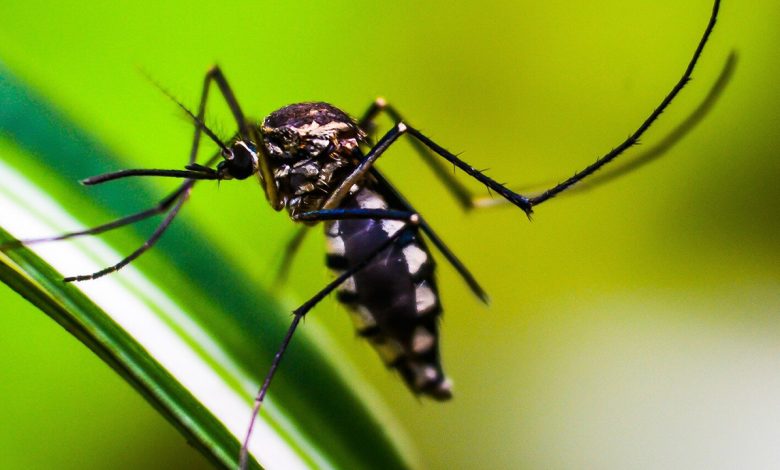Daily Current Affairs for UPSC
Malaria vector from Asia
Syllabus- Government Policies and Interventions [GS Paper 2]

Context- Kenya’s recent discovery of a deadly malaria vector from Asia is likely to stifle Kenya’s significant progress in the fight against malaria.
Kenya is the sixth and most recent country in Africa to report a deadly malaria species invasion.
Key Highlights-
-
- Origin:
- The Arabian Peninsula, Southeast Asia, and West Asia are where Anopheles Stephensi got its start.
- Spread:
- Over the course of the past ten years, the species has begun to spread across Africa, with first detections in Djibouti (2012), Ethiopia and Sudan (2016), Somalia (2019), and Nigeria (2020) being the locations where it was first discovered.
- Origin:
- Particular characteristics:
-
-
- According to reports, the species spreads more quickly in different climates, particularly in countries like Kenya that are experiencing rapid urban development through devolution, with population growth rates spiraling in towns and malaria control programs concentrated in rural areas.
- Anopheles Stephensi is highly adaptable and can thrive in urban environments, in contrast to other major malaria-causing mosquito vectors that primarily breed in rural areas.
-
- Potential risk:
-
- Other arid African jurisdictions, particularly those with low or no surveillance, may also have the deadly vector silently wreaking havoc and killing people.
- From its initial detection sites in the Horn of Africa, Anopheles Stephensi may spread further south and west.
Malaria:
-
- It is a disease that can be avoided and treated, but it still has a devastating effect on people’s lives and health all over the world.
- In 85 countries, there will be an estimated 241 million new cases of malaria and 627,000 deaths caused by malaria in 2020.
- In the WHO African Region, children under the age of five accounted for more than two-thirds of deaths.
- Cause:
-
-
- Plasmodium parasites are the cause of this deadly disease.
- Transmission:
- Female Anopheles mosquitoes infected with the parasites transmit the disease through their bites.
- Parasites first multiply in liver cells before attacking red blood cells (RBCs) in the human body.
- Plasmodium falciparum and Plasmodium vivax, two of the five species of parasites that cause malaria in humans, represent the greatest threat.
- Distribution:
- It mostly lives in tropical and subtropical regions of Asia, Africa, and South America.
- Symptoms:
- chills, headache, muscle pain, and fatigue are all symptoms of a fever and flu-like illness.
-
- Cure and Preventative:
-
- Both preventing and treating it are possible.
- The primary strategy for preventing and reducing malaria transmission is vector control.
- Chemoprophylaxis and Artemisinin-based Combination Therapy (ACT) are two forms of antimalarial medication that are used to prevent malaria.
- Vaccine:
- For young children living in areas with moderate or high malaria transmission, WHO has recommended widespread use of the RTS, S malaria vaccine





.png)



